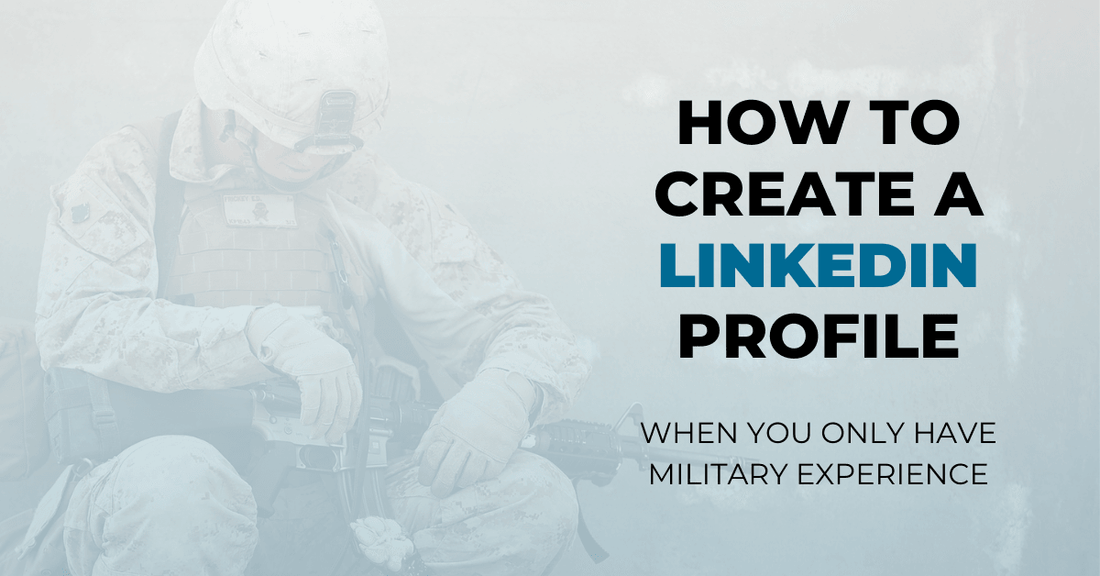
How To Create A LinkedIn Profile When You Only Have Military Experience
Does the thought of transitioning into the civilian workforce cause you anxiety?
If you’ve already explored resources available from military transition assistance programs, you’re not alone in feeling overwhelmed or even discouraged by what you’ve already learned about competitive hiring processes. Instead of remaining perplexed by Applicant Tracking Systems (commonly noted as ATS) or personal branding, let’s work on shifting your perspective.
Changing careers is stressful enough but you’re also transitioning from a military environment into a culture of unpredictable job search lengths and minimal control over the job search process, right?
Here’s the good news. Referrals are hired 8 times faster than job seekers who rely on online applications alone. As a military service member or veteran, you have an extensive network of veterans and military-friendly employers available to you thanks to LinkedIn.
Translating your tactical skills and military experience for LinkedIn is the first step to creating a LinkedIn profile that attracts attention from that network.

This blog contains affiliate links, meaning I may receive a small commission (at no cost to you) if you subscribe or buy something through the links I share. I only share links to products or services that I use myself or absolutely love!
Narrow Down Your Job Target
If you already know how your military experience and training translates to a civilian career, then you’re off to a great start! Blazing into a civilian job search with no idea which direction to go is going to be stressful and ultimately slow down your job search.
Your military experience may translate well for a career in a police, fire rescue, or security force but it may also translate well for a role in IT, project management, engineering, or telecommunications depending on your training. Trying to appeal to all of these fields at once isn’t the best strategy.
Have a clear job target in mind when you’re planning for your civilian job search. This is will help you target your resume, job application information, and your LinkedIn profile which is critically important for attracting the right profile views and career-launching networking conversations.
Do A Little Recon (* cough * I mean, Research)
Now that you know which field you want to transition into, a little due diligence will equip you with the information you'll need to make smart job search decisions as well as create a good LinkedIn profile. You’ll want to know more about the career path, salary range, qualifications needed, and major companies within that field. You can find this information from Google searches, but I also recommend exploring Glassdoor profiles and reviews as well as LinkedIn Company Pages and Groups.
You’ll also be able to see which jobs are available at these companies. Researching available jobs will help you create lists of qualifications and skills expected from an ideal candidate and identify any skills gaps that you may need to address before diving headfirst into your job search. These will be important details for both your resume and LinkedIn profile.
Speak To Civilian Readers In Your Experience Section
It’s time to work on your LinkedIn profile! Start by filling out your profile completely. This means filling out the description field for each of the jobs you list under your Experience section. Don’t let this intimidate you. Just remember that the LinkedIn users reading your profile may not be as familiar with the military terminology and jargon that has become a second language to you.
Use the description field to identify the primary goal of each position you’ve held. Think beyond service, rank, and duty to your mission behind the operations. Briefly summarize your typical tasks by describing what you were responsible for on a daily, weekly, or monthly basis. Also highlight major achievements that relate to the goals of the roles your targeting particularly improving processes or procedures, saving money, safeguarding data security, or leading major projects to completion.
If this feels like “dumbing down” your experience, imagine you’re explaining what you do to a teenager. Teenagers are pretty smart, but they’re not familiar with your world. Translate as many military-specific and technical terms and jargon for your profile for recruiters, HR professionals, and hiring managers to clearly understand the value you offer.
Add Your Job-related Training
LinkedIn combines your projects, honors and awards, and coursework in an Accomplishments section that holds a lot of weight when you use your LinkedIn profile to apply for jobs online. Filling this section as much as you can will even improve your visibility in LinkedIn search results!
Summarize any military training that relates to your job target under Courses (unless you were officially certified by an industry-recognized organization, in which case you should list them under Certifications). Summarize, meaning to outline the main concepts of these training experiences rather than listing the technical name that might not resonate with a civilian reader.
These Courses will boost your profile through keyword optimization and show employers that you value professional development, leadership development, and continuous education.
Free and low-cost skills training for veterans are available through various organizations as well.
Showcase Your Volunteer Experience
Volunteer experience that doesn’t present opportunities for discrimination should also be listed on your LinkedIn profile. While volunteering for political or religious organizations may be important to you, these can be red flags if they imply beliefs that differ from company leadership or the organizational culture.
Instead, draw more attention to how you applied your transferable skills such as solving problems or serving others. The best LinkedIn profiles that showcase volunteer work treat volunteer experiences like work history to strategically showcase initiative. These traits may be inherent to military experience but can be more relatable to a civilian employer when described in action as a part of your career story.
Create A Mission-focused Headline
Your LinkedIn Headline will be as visible as your name in LinkedIn search results, so don’t settle for the default assigned to you by LinkedIn. First, consider the missions you’ve achieved and operations you’ve successfully completed. How do those goals translate to the goals of the roles you’re pursuing?
Then customize your Headline with the keywords civilian employers will be using to search for a candidate like you. These are most commonly position titles and top desired skills (Project Manager and Project Management for example) and highlighting the value you offer to employers.
Use Your LinkedIn Summary or About Section Strategically
Too many job seekers miss the opportunity to humanize their profile using their LinkedIn profile Summary or About section. Some simply copy-and-paste a summary from their resume. Others don’t add a LinkedIn Summary at all.
This section is prime real estate for telling your unique career story, outlining your career goals, and asking the employers who align with those career goals to connect with you.
By focusing on your career goals rather than your military experience, you can demonstrate to employers that you’re forward-thinking and ready to transition into the civilian workforce. Make it easy for your ideal employer to connect the dots by briefly summarizing your military experience, focusing on your job-related and transferable skills, and aligning these with your goals for the future.
Smile In Your Profile Photo
Don’t be shy when it comes to adding a profile photo. LinkedIn profiles with a profile photo are 14 times more likely to be clicked on and viewed from search results than profiles without a photo. In fact, the profiles without profile photos are sent to the bottom of the list even if the rest of the profile is filled out completely!
Remember that your profile is a chance to humanize applications and attract others in your targeted field or industry. Don’t upload a stiff military headshot. Showcase your personality by uploading a profile photo with an inviting smile. The more approachable you look in your profile, the faster you’ll grow your network and land a civilian job.
Related Articles
-

25 Resume Tips To Land Your Dream Job In 2025
This list of resume tips for 2025 has carefully curated the best practices and insights that have helped my clients land interviews in a matter of days and job offers in less than 60 days (even as few as two weeks!) after updating, revamping, or newly crafting their resumes.
-

Can Workplace Harassment Occur Over Social Media?
Guest blogger Caren Sainz breaks down how to set clear boundaries and seek legal assistance if you're a victim of workplace harassment over social media.
-

What To Do Before You Easy Apply On LinkedIn
The new and improved Easy Apply button could be a way to get in front of hiring decision-makers faster than simply applying on a company's website, but there are a few things you should do before you Easy Apply on LinkedIn.
-

The Best Resume Tips for Recent Law School Graduates
Guest contributor Luke Bell shares practical resume tips to help recent law school graduates make a lasting impression on potential employers.
-

4 Personal Assistant Interview Questions and Answers
Guest blogger Liza Griffen, co-founder of Tyler Griffen, equips you with a deep understanding of typical interview questions and practical answers to help you showcase your skills effectively whether you're aiming to impress in your first personal assistant role or looking to step up in your career.
-

Crack Your Dream Company Interview
Guest contributor Nandkishore Rathi shares practical tips, strategies, and insightful advice from career experts to help you shine during written and verbal interviews.
-

What Employers Look For In A Resume Skills Section
Learn which key components of an effective Skills section can indicate to resume screening software and the recruiters behind it which skills are your most recent, relevant, functional job-related skills.
-

Which Elements Of A LinkedIn Profile Will Elevate Your Personal Brand?
Discover how platforms like LinkedIn not only help expedite your job search but can elevate your personal brand by amplifying your authority and boosting your credibility.
-
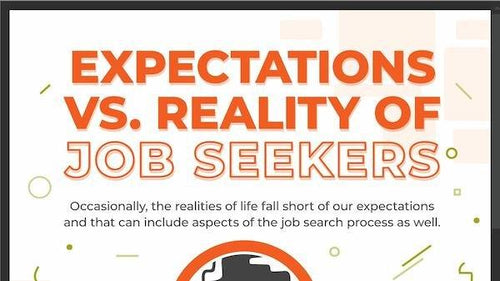
Exploring The Realities Of Job Hunting (Infographic)
Guest contributor Joseph Matalone delves into common expectations in job seeking and the contrasting realities.
-
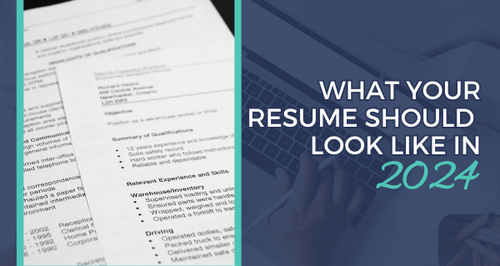
What Your Resume Should Look Like In 2024
This comprehensive resume guide shares what the most common resume sections are and what your resume should look like in 2024.
-

Is Jobscan Worth It? Jobscan Review (2024 Update)
Have you heard of Jobscan? Learn more about this keyword analysis tool for job seekers, what it costs, and what Certified Resume Writers both love and hate about it in this in-depth product review.
-

How To Explore Careers With Assessment Tools
Career assessments are emerging as practical tools that provide a systematic framework for professionals undergoing career transitions.
-

Don't Panic: 15 Ways To Prepare For A Video Interview
Guest blogger Daniel Boyce with Aware Recruiter delves into 15 actionable steps to prepare you for a stellar video interview experience whether you're a seasoned professional or just stepping into the job market.
-

How To Showcase Transferable Skills And Your Value For A Career Transition
Recognizing the significance of transferable skills is key to successfully showcasing one's potential in the face of change.
-

5 Signs That A Company Values Employee Wellness And Safety
Guest blogger Sharon Feldman shares how asking questions about wellness and safety in your interview could give you insight into a company’s values.
-
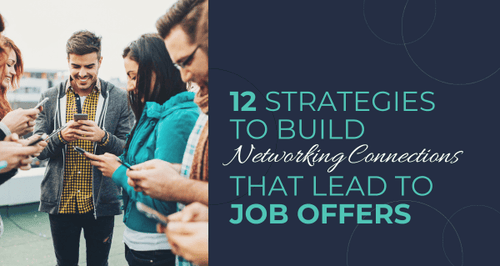
12 Strategies To Build Networking Connections That Lead To Job Offers
Breaking down the value of networking and the top strategies to harness the power of making strategic connections to land the job of your dreams.
-

Can An Employer Fire You For Being Sick?
Many employers can terminate an employee for falling sick frequently. Guest blogger Natalie Padilla shares all you need to know regarding being fired by an employer.
-
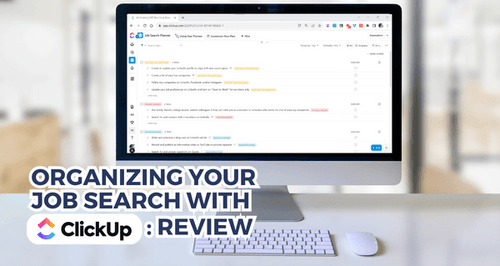
Organizing Your Job Search With ClickUp: Review
This review shares how ClickUp, a free desktop and mobile app for business AND personal use, can be used for organizing your job search and holding you accountable toward achieving your career goals.
-

Tips On Building A Positive And Supportive Workplace
Guest blogger Adam Blacksmith shares how to embrace communication, celebrate diversity, and empower your team for success by fostering a positive and supportive workplace culture.
-

How To Showcase Achievements In Your Cover Letter
Learn how to turn your accomplishments into a compelling personal narrative that showcases the results an employer can expect from you.
-

AI: Transforming Networking, Interviews, and Careers
Guest Author, Dean Fankhauiser. discusses how AI is revolutionizing networking, interviewing, career planning, and professional advancement.
-
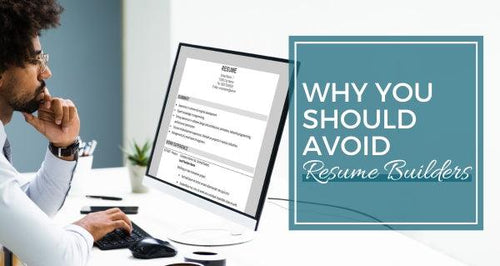
Why You Should Avoid Resume Builders
Online resume builders are an enticing resume resource, but as a Certified Resume Writer who has tried them out, I recommend avoiding them.
-

Preparing for Different Interview Formats: Phone, Video, and In-Person
Interview Coach Ellie Hoekman shares specific preparation steps for phone, video, and in-person interviews.
-

5 Ways To Stand Out At A Career Fair
Learn how to stand out at a career fair (virtual or in-person!) to move you forward in your job search, especially if you're changing careers or have an unconventional work history.
-

Negotiating A Competitive Salary
Guest blogger Rohan Singh shares strategies for negotiating a fair salary that reflects your worth and fulfills your goals.
-

Can My Employer Ask Why I’m Taking A Sick Day?
Guest blogger Samantha Larson shares whether your employer has the right to ask you why you are sick and how much information they are entitled to when you take a sick day at work.
-

The Benefits of Coaching in the Workplace
Guest blogger, William Powell, shares some of the concrete examples of the benefits associated with employee coaching.
-

10 Facts & Stats About Sexual Harassment in the Workplace
Guest blogger Sharon Feldman shares how many people experience harassment every day, including at their place of work, to increase awareness.
-

ChatGPT Review: Resume Writing Edition
How useful is ChatGPT in crafting a resume that lands interviews and job offers? This review by a Certified Resume Writer isn’t what you’d expect.
-

The Ultimate Temping Guide for Beginners
Guest blogger Auria Heanley with Oriel Partners shares insight into what a temp job is and what to expect in order to make the most of a new job opportunity.
-

How To Get More Informational Interviews
These tips outline how to get more informational interviews during your job search and expand your options by making this networking approach your primary strategy to find a job.
-

High Paying Career Paths After Learning Python
Guest blogger Rose Young with Codebasics.io shares some of the promising career paths you can explore after learning Python programming.
-

How To Ace Your Interview With A Staffing Agency
Guest blogger William Powell shares how to prepare adequately for an interview with a recruiting agency to increase your chances of landing your dream job.
-

How Do You Know When It's Time To Quit Your Job?
Guest blogger Katie Meyers shares when quitting your job is the right thing and how to go about it.
-

5 Signs You Need Help With Your Federal Resume
Are you making any of these 5 federal resume mistakes?
-

5 Things You Need To Know About Job Interviews To Succeed
Guest blogger Marcus Ralph shares 5 tips on what you can do before a job interview to be best prepared to make a solid first impression and land the job.
-

Know Your Worth and Add Tax: How To Effectively Negotiate Your Salary
Guest blogger Jeffrey Cassells with Shegerian Law advises that it's time to learn how to negotiate strategically and not settle for being underpaid, whether you're at your first or fifth job.
-

5 Outside The Box Skills That Can Get You a Job in 2022
Guest blogger Jessica Robinson highlights the top 5 skills that are crucial to attain for creating a successful career in your desired industry in 2022.
-

8 Tips for Fresh College Graduates To Land Their First Corporate Job
Guest blogger Cristi Waterson shares her compiled list of top tips for fresh college graduates to help land their first corporate job.
-

6 Job-hunting Mistakes You Should Stop Making
Guest blogger Kelly Barcelos with Jobsoid shares 6 mistakes you must avoid during your next job search that are making it more difficult for you to get hired.
-

Are Resume Templates Bad?
Certified Resume Writer Steph Cartwright shares the pros and cons of resume templates and which ones you should avoid at all costs.
-

How To Get Raving LinkedIn Recommendations
This guide will walk you through how to request LinkedIn recommendations even if you are knee-deep in a job search for the first time in a decade and don’t feel up-to-speed on LinkedIn beyond creating a profile.
-

9 Must-Have Qualities of An Effective Leader
Guest blogger Nicole Marie with Michael Page shares which leadership traits are the qualities that enable someone to guide teams and projects to successful completion.
-

Who Viewed My Profile On LinkedIn?
LinkedIn Strategist Steph Cartwright shares an easy hack with you that will show you who has recently viewed your profile and a strategy that will help you find out quickly whether or not that potential business contact could turn into a professional friendship.
-

11 Job Search Tips to Get You Hired Faster
Guest blogger Lori Wade with Affinda shares tips and strategies to get hired faster in any competitive job market.
-

How To Build Your Career Plan
A career plan is a fantastic tool for tracking your development in your career. Guest blogger Nagasunder S. with WhatJobs shares about how to keep track of your progress and, as circumstances change, make alterations to your career plan.
-

Federal Resume vs. Corporate Resume: Which One Is Right For You?
You won’t receive much feedback (if any) from government agencies if you’re applying for federal jobs with the same resume that you’re using to apply for corporate or private sector jobs. But what’s the difference between a federal resume and a corporate resume?
-

Explaining Away Resume Gaps
Guest blogger Tasnova Malek with Sunshine Behavioral Health shares several tips that can help you explain your resume gaps and continue to have a good chance at getting the job you want during an interview.
-

6 Easy Tips To Create Your Own Video Resume
InVideo founder shares tips to create a video resume that can help you give an edge over the other candidates and apply for your next job in a distinguished way.



















































